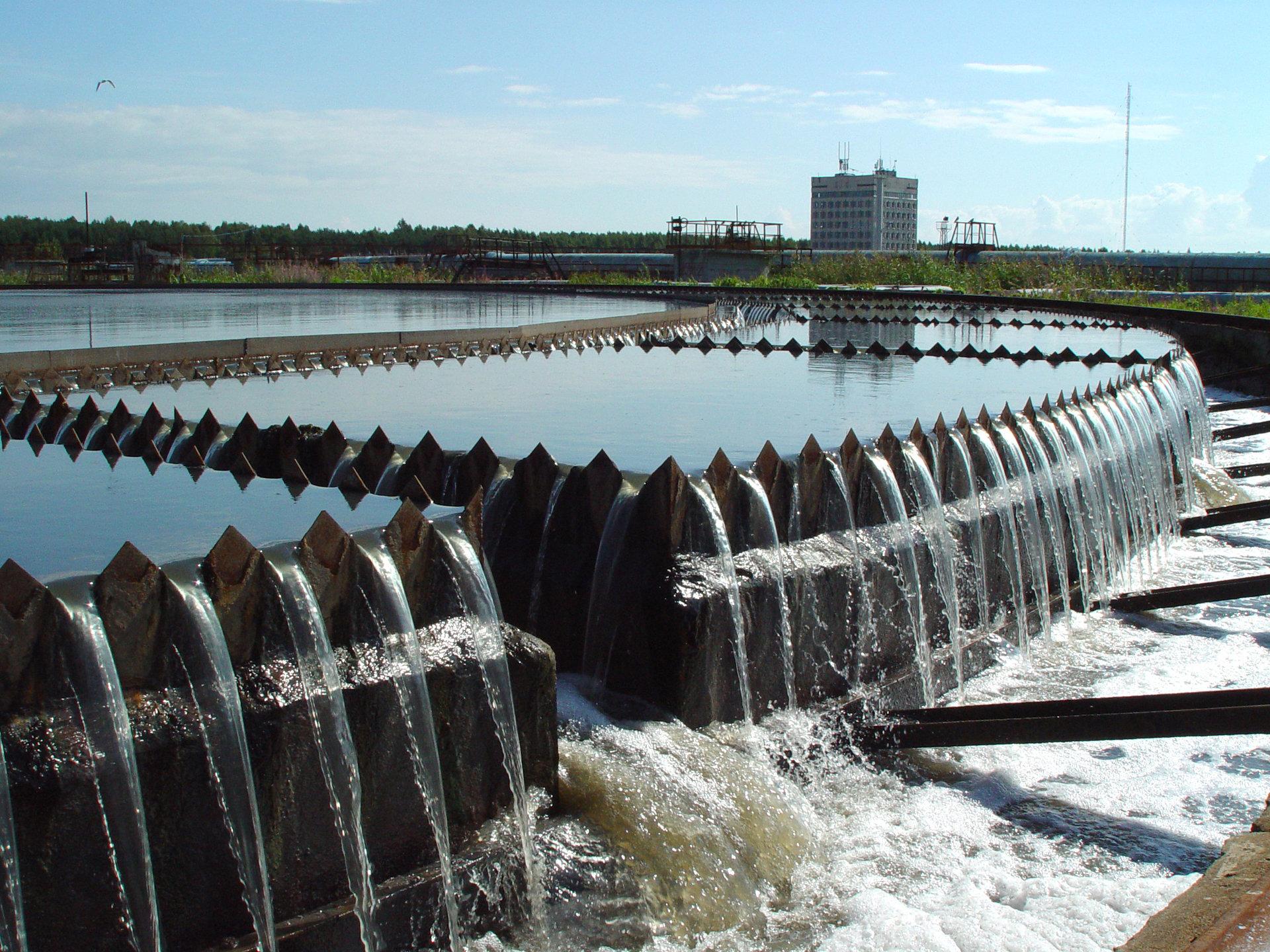The results of the Best Project (Better Efficiency for Industrial Sewage Treatment), which surveyed the treatment of industrial wastewaters in the Baltic Sea region, indicate that industrial wastewaters continue to end up at municipal treatment plants in the entire Baltic Sea area, lowering the quality of treatment results, and increasing discharges of harmful substances and nutrients to the Baltic Sea. In the Baltic countries in particular, Regional policies and employment considerations ride roughshod over the interests of the Baltic Sea and the environment.
In 2013, in cooperation with the City of Helsinki, the John Nurminen Foundation began preparing a project that would improve the treatment of industrial wastewaters ending up at municipal treatment plants. A total of 15 partners from the various countries of the Baltic Sea region joined in.
“Since 2005, our work to improve the nutrient removal of municipal treatment plants has come across the same frustrating problem, again and again: the operations of the efficient and even modern treatment plants of the Baltic Sea region were considerably hampered by wastewaters from industries. This aggravates the most serious environmental problems of the Baltic Sea, namely eutrophication and polluting the sea with harmful substances. In addition to Russia, Poland and the Baltics, the problem is evident here in Finland”, explains Marjukka Porvari, Director of the Foundation’s Clean Baltic Sea projects.
The BEST project, funded by the EU’s Baltic Sea programme, sought to find the root causes of the problem. Moreover, the project developed solutions that can improve the treatment of industrial wastewaters at municipal wastewater treatment plants with tangible measures. These solutions focused on investments into treatment practices, and on improving the cooperation and knowhow of industries, treatment plants, and the authorities. The project also created recommendations for wastewater treatment, applicable in the entire Baltic Sea region.
Most of the challenges of the Baltic Sea area are related to the treatment of wastewaters from food industries, but also chemical industries, forest industries and waste management are a source of problems for municipal treatment plants. In addition to major industrial companies, problematic discharges also originate in small companies, such as car washes and restaurants.
Municipal treatment plants too tightly bound by regional policies
During the project we found out that in the Baltic countries in particular, industrial discharges entering municipal treatment plants constitute a very urgent problem. “From our point of view, the most significant finding of the project is the fact that there are countries in the Baltic Sea region where the wastewaters of even heavy industries are directed to wastewater treatment plants without authority regulation, and where regional policies and employment considerations override the environment and what is good for the Baltic Sea. We try to change the situation so that such wastewaters in Estonia, Latvia and Lithuania would be comprehensively covered by environmental permits and, consequently, oversight”, says Anna Saarentaus, Project Manager.
Regional policies and the close ties municipal treatment plants have with political decision-making at municipalities and consequently with political interests led to similar challenges all through the Baltic Sea region. The challenges are there regardless of the fact that in countries other than the Baltics the authorities for the most part set threshold values for the discharges treated at municipal plants.
Even in Finland, separating the operations of small water treatment facilities in particular from the political interests of the municipality has in some locations been difficult; one suggested solution has been to move from municipal water treatment facilities to more independent and larger regional water treatment companies.
In Finland, the unclarities and conflicts of interest between environmental permits and the industrial wastewater agreements concluded by industries and water utilities, as well as old agreements that cannot be terminated, are also seen to be problematic. Moreover, all stakeholders do not notify water treatment utilities of exceptional discharges, which may lead to an unexpected load of industrial wastewaters at the wastewater treatment plants. At the Viikinmäki treatment plant in Helsinki, for example, an industrial discharge of chemicals killed the bacteria used for nitrogen removal, and disabled the plant’s nitrogen removal for several weeks in the summer of 2018. As a result of the disturbance, 96 tonnes of nitrogen ended up in the Baltic Sea, causing an estimated growth of more than 13 million kg of algae.
In addition to the problems, the project discovered many examples of companies in Finland in particular that operate responsibly, and have volunteered in developing innovative solutions for wastewater treatment in close cooperation with the water utilities.
More information:
- Examples of good wastewater treatment practices developed by companies in Finland
- Project press release
- Report ”Guidelines for the Management of Industrial Wastewaters Recommendation summaries are available in seven languages.
- Recommendation summary in Finnish
Webinar on project results on Friday 25 September
The BEST project, which seeks to improve the treatment of industrial wastewaters, reaches its grande finale in a closing webinar this week. You are welcome to join the webinar on Friday 25 September using the link https://youtu.be/SUIHSgmt_xI.
Marjukka Porvari
Director, Clean Baltic Sea projects, John Nurminen Foundation
+358 (0) 41 5491535
marjukka.porvari(at)jnfoundation.fi
Anna Saarentaus
Project Manager, John Nurminen Foundation
+358 (0)40 7190208
anna.saarentaus(at)jnfoundation.fi
The BEST (Better Efficiency for Industrial Sewage Treatment) project improves the treatment of industrial wastewaters at municipal wastewater treatment plants in the Baltic Sea region. The project has been funded by the EU’s Interreg Baltic Sea Region program. Learn more about the BEST project at https://bestbalticproject.eu.


